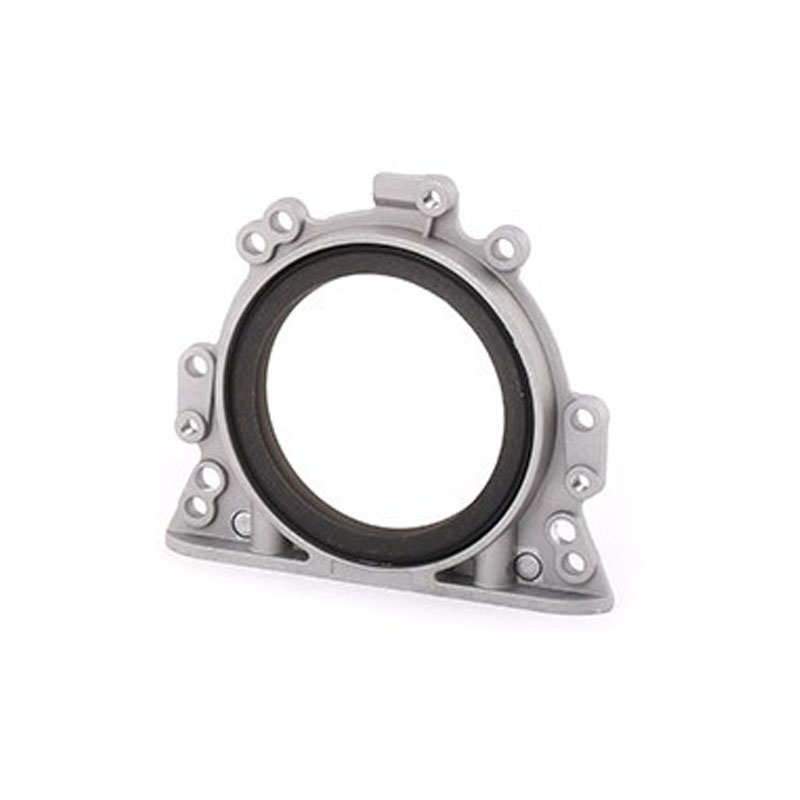drive shaft oil seals
Understanding Drive Shaft Oil Seals Importance and Maintenance
Drive shaft oil seals are crucial components in the functioning of automotive systems. Positioned at the ends of the drive shafts, these seals play a pivotal role in preventing oil leaks and protecting the internal mechanisms of the vehicle from contaminants. While often overlooked, understanding their function and maintenance can significantly impact vehicle performance and longevity.
Function of Drive Shaft Oil Seals
Drive shaft oil seals primarily serve to keep lubricants contained within the drive shaft assembly. They form a barrier that maintains the integrity of lubricating oil, ensuring that it does not escape and lead to a decrease in lubrication efficiency. This is vital because proper lubrication minimizes friction between moving parts, thereby reducing wear and tear.
Moreover, these seals protect the internal components from dust, dirt, moisture, and other external pollutants. When contaminants enter the drive shaft assembly, they can cause significant damage, necessitating costly repairs. Thus, effective oil seals play a dual role in maintaining both lubrication and cleanliness within the drive shaft system.
Types of Drive Shaft Oil Seals
There are various types of oil seals utilized in vehicles, each designed for specific applications. Commonly, you will find single-lip and double-lip oil seals.
- Single-Lip Oil Seals These are the most basic type, typically used for environments that do not experience excessive exposure to contaminants. They are designed to retain oil and prevent its escape.
- Double-Lip Oil Seals As the name suggests, these seals have two lips that provide an extra layer of protection against dirt and moisture while retaining oil more effectively. They are ideal for harsher environments where oil leakage could be problematic.
Selecting the correct type of oil seal is essential for optimal vehicle performance. Using the wrong seal can lead to premature failure, increased friction, and downtime for repairs.
drive shaft oil seals

Signs of Oil Seal Failure
Like any component in a vehicle, drive shaft oil seals may eventually wear out and require replacement. Some key signs of oil seal failure include
1. Oil Leaks The most obvious sign of a failing oil seal is the presence of oil leaks beneath the vehicle. Oil spots on the ground can indicate that the seal is no longer effective.
2. Unusual Noises A failing oil seal can lead to unusual noises emanating from the drive shaft area of the vehicle. Grinding or whining sounds may indicate that the lubrication is insufficient.
3. Increased Vibration If you notice an increase in vibrations while driving, it could be a result of a faulty oil seal affecting the balance of the drive shaft.
4. Decreased Performance A decline in overall vehicle performance, such as poor acceleration or handling, may also point to issues with the oil seals.
Maintenance of Drive Shaft Oil Seals
Proper maintenance of drive shaft oil seals can extend their lifespan and improve the reliability of your vehicle. Regular inspections are essential; check for signs of wear or leakage during routine maintenance. Additionally, using high-quality lubricants that are compatible with your vehicle can significantly enhance the effectiveness of the oil seals.
In conclusion, drive shaft oil seals are indispensable to the overall functionality and durability of a vehicle. By understanding their role, recognizing signs of failure, and ensuring proper maintenance, vehicle owners can safeguard their investment and maintain optimal performance on the road. Regular attention to these small yet significant components will help avoid costly repairs and enhance the longevity of the vehicle.
-
Understanding the Front Main Engine Seal: Purpose, Maintenance, and Installation
News Jul.29,2025
-
Understanding O-Rings and Seal Rings: Types, Applications, and Custom Solutions
News Jul.29,2025
-
Understanding Crankshaft Oil Seals: Rear Seals, Pulley Seals, and Their Role in Engine Integrity
News Jul.29,2025
-
The Importance of Front and Rear Crankshaft Seals in Engine Performance and Oil Management
News Jul.29,2025
-
Crank Oil Seals: Functions, Types, and Cost Considerations in Engine Maintenance
News Jul.29,2025
-
A Comprehensive Guide to O-Rings and Seals: Types, Materials, and Global Applications
News Jul.29,2025
-
Mastering Diesel and Performance Engine Maintenance: A Guide to Critical Oil Gaskets
News Jul.28,2025
Products categories















